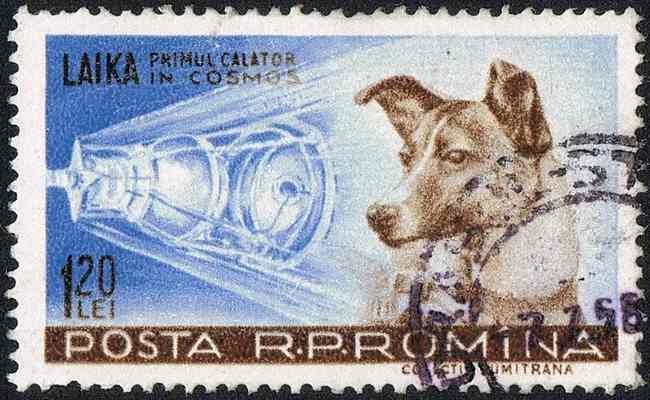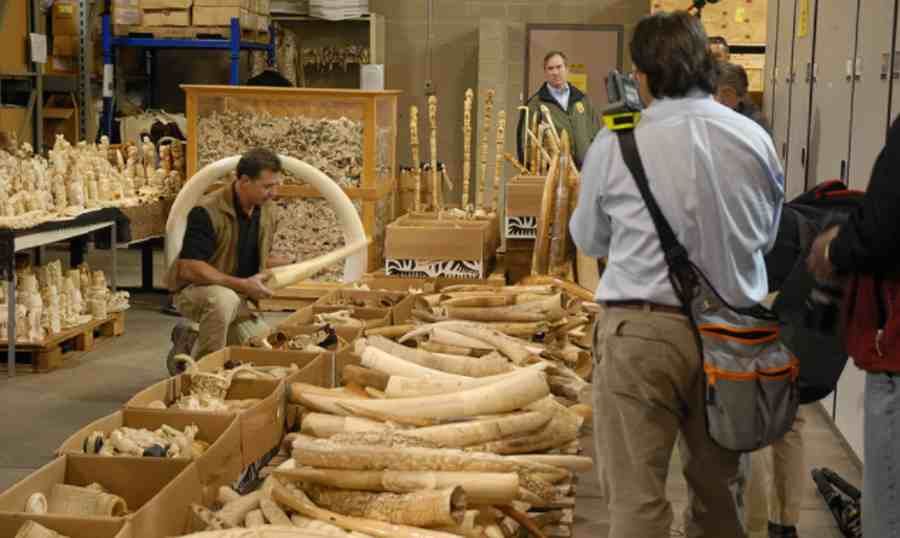
Ajka – the first living creature in orbit around the Earth. 60. Anniversary of the flight
Laika – the first living creature in orbit around the Earth. 60. anniversary of the flight
Exactly 60 years ago the Soviet Union launched a dog into space. Laika was the first living creature in orbit around the Earth. It flew aboard the Sputnik-2 satellite and did not return.
For the first two years of her life, Kudriavka (Kędzorek), or Laika, roamed the streets of Moscow. She was captured with other stray dogs and transferred to the Institute of Aerospace Medicine to participate in research related to space exploration. Along with her were 9 other dogs. During the selection process, the three best candidates were chosen: Albina, Mushka and Laika. Although Laika was not the best candidate, it was decided that she would be the first living creature in Earth orbit. The launch took place on November 3, 1957.
Candidate dogs for orbital flight underwent special training, during which they rego were used to stay in a cramped room and in a protective suit. The dogs have also undergone tests already specifically related to flight. It’s all about acceleration, noise or vibration. The animals’ responses to changes in pressure and temperature and to changes in gas concentration were also studied – oxygen and carbon dioxide.
A special „space dog kennel”. It was made on the basis of previous constructions, in kt rych sent animals on suborbital flights. The cabin contained a feed feeder and life support systems. „Buda” had a conical shape. It was four meters tall and two meters in diameter at the base. The dog was placed in an air chamber. The scaphoid was attached by wires to the substrate. The rook could assume a sitting or lying position.
Three dogs were selected for the first flight to orbit. Albina was the best candidate, but she was liked by the staff, plus she had sparred and the researchers didn’t want to deprive the offspring of its mother. Thus b fate fell on the Laika. Musk acted as a test dog.
Laika’s situation was clear from the very beginning. There was no chance of a return t satellites. These technologies were only in the development stage. Laika was doomed to die. Engineering inaccuracies became clear only on orbit. The satellite was heating up far too quickly. During the first hours of the flight, the temperature inside the capsule ranged from 10 to 38 degrees Celsius. However, after seven hours it reached 42 degrees C. The life support system was designed so that the dog m head to survive 10 days. If it had succeeded Laika, on the last day she would have received poisoned karma.


The vehicle with Laika stayed in orbit until April 14, 1958, when it burned up in the atmosphere. During that time it circled the Earth 2,370 times.
Laika’s flight was of great political importance to the Soviet Union. He was to show technological superiority over the United States. By the decision of Nikita Khrushchev, who ry was in at the time First Secretary of the Central Committee of the Communist Party of the Soviet Union, the flight was to honor the 40th anniversary of the October Revolution of 1917.
Shortly after the flight, the Laika became a symbol of the superiority of Soviet technical thought. Stimulated human imagination in the early days of space conquest. Cigarettes named Laika with a dog’s snout on the package appeared in stores in the Soviet Union. M It has been mentioned constantly in the people’s democracies of. In Romania and Hungary, her likeness appeared on postage stamps. Its history was depicted in numerous animations. Songs were written about her. Of course, everything was subordinated to political goals.

